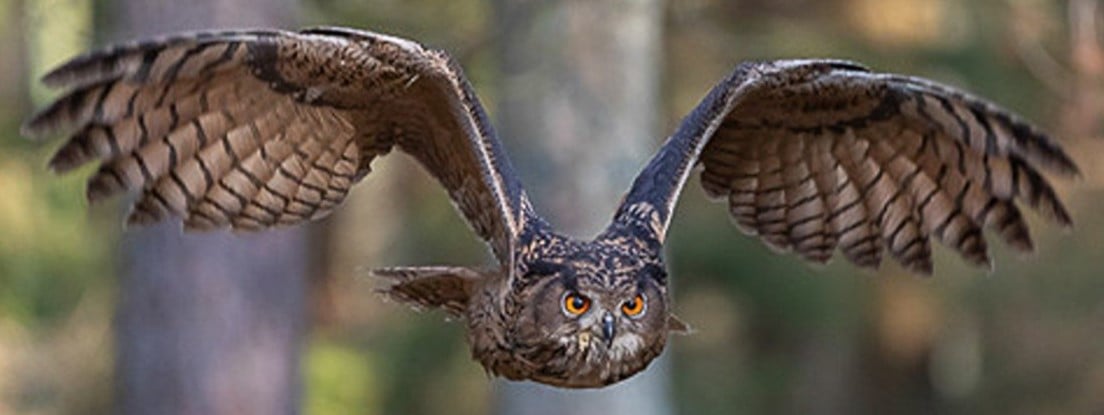From Daily BB
In Sri Lankan folklore, a haunting tale surrounds a creature known as the “ulama,” or devil bird. According to legend, a woman driven mad by grief after her child was murdered by her husband ran into the jungle to end her life.
After her death, the gods transformed her into the ulama, whose chilling, human-like cry is believed to forewarn impending doom.
But is the ulama a real creature? In the 1950s, ornithologist George Morton Henry, who wrote an authoritative book on Sri Lankan birds, suggested that the devil bird might be the spot- bellied eagle-owl (Bubo nipalensis blighi).
Also known as the forest eagle-owl, this predatory bird inhabits forests across South Asia, from India to Burma. Standing about 21 inches (53 centimeters) tall, the owl is distinguished by its heart-shaped spots and striking black-and-white ear tufts, giving it a haunting appearance.
Despite its eerie reputation, the bird poses no threat to humans, as it preys primarily on game birds, reptiles, and fish. Spotting the spot-bellied eagle-owl in the wild is rare, largely due to human encroachment on its forest habitats in Sri Lanka.
Unlike many animals that adapt to urban environments, this owl exclusively nests in dense jungles, returning to the same sites year after year. These owls often take over tree cavities or abandoned nests instead of building their own, laying a single egg and carefully guarding their young until the chick is ready to venture out on its own.
As the largest owl species in Sri Lanka, the spot- bellied eagle-owl preys on various animals, including small mammals, birds, and reptiles. The presence of this formidable predator often stirs the forest with alarm calls from other wildlife.
Although primarily nocturnal hunters, they are sometimes seen during the twilight hours. One occasion, an individual was observed swooping down at dusk to snatch a black-naped hare in the underbrush, capturing it with its powerful talons before disappearing into the sky.
These owls are particularly elusive during daylight. During a safari at Wilpattu National Park, one such owl collided with the back of a vehicle, initially going unnoticed due to its rapid flight.
Only upon closer inspection did the group realize it was a spot-bellied eagle-owl. After regaining consciousness on a nearby branch, the owl soon flew back into the safety of the jungle.
The spot-bellied eagle-owl's feathers, marked with distinctive black heart-like patterns, add to its mystique.
This owl, found throughout the Indian Subcontinent and Southeast Asia, is part of a superspecies that includes the barred eagle-owl (Bubo sumatranus), which occupies regions farther south, such as the Malay Peninsula and Borneo.
Notably, the spot-bellied eagle-owl is famous for its eerie, human-like call, fueling speculation that it could be the real-life inspiration for Sri Lanka's mythical devil bird, the ulama.



